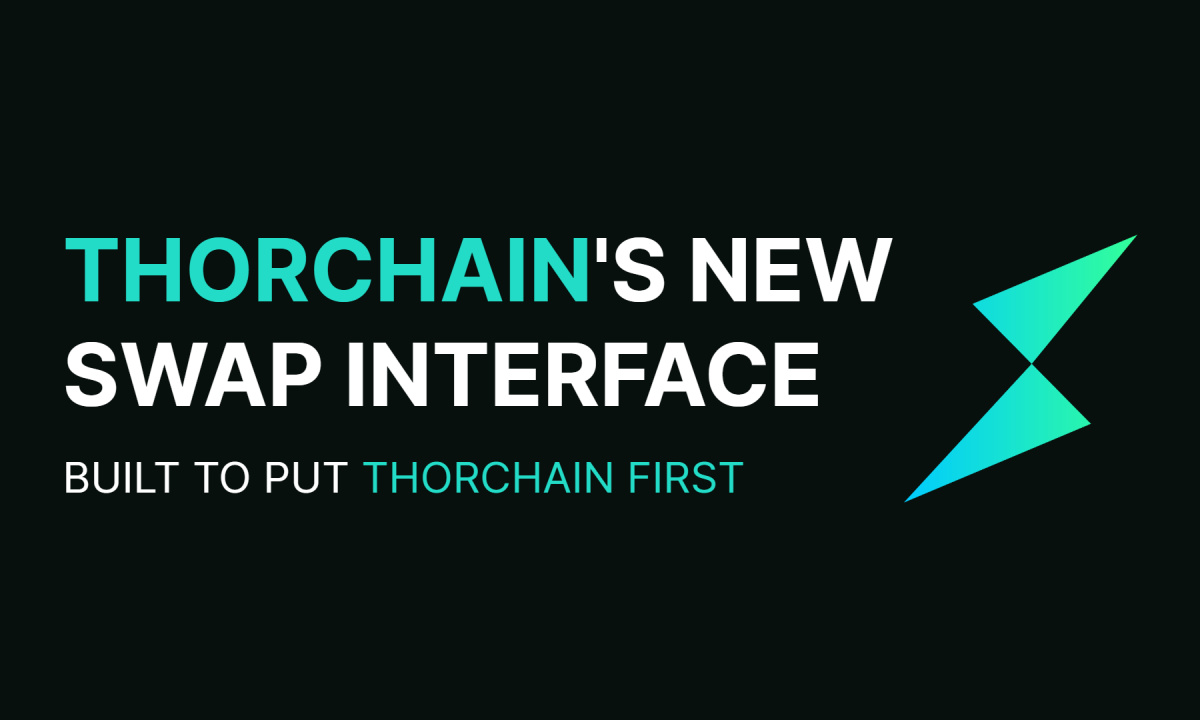In the world of cryptocurrency, the term “Post-Mine” refers to a process undertaken by developers to create new coins after the initial launch of a blockchain-based currency but before public mining becomes accessible. This strategy allows the development team to generate additional coins without facing competition from external parties.
The post-mining phase typically occurs between the snapshot date and the release of the code for outsiders to mine new coins. The snapshot date is the point in time when token balances are counted to facilitate the dropping or swapping of a newly created coin on exchanges. It serves as a way to capture the token holdings of existing cryptocurrency users at a specific moment.
An example that illustrates the concept of post-mining is the case of Bitcoin Gold (BTG). During the post-mine period, the Bitcoin Gold team generated 100,000 BTG, which happened between the snapshot date and the start of public mining. This initial coin allocation was met with mixed reactions from the community.
Out of the 100,000 BTG created, the founding team allocated 5,000 BTG to each of Bitcoin Gold’s six core members. The remaining coins were intended for the growth and development of the newly created currency’s ecosystem. However, some individuals criticized this allocation as being excessive for that purpose, which led to negative sentiment within the community towards Bitcoin Gold.
It’s worth noting that Coinbase, one of the prominent cryptocurrency exchanges, did not support the launch of BTG due to the developers’ failure to make the code available for public review. Coinbase considered this lack of transparency as a significant security risk, leading to concerns about the overall credibility of Bitcoin Gold. This lack of support from a major exchange had an impact on the perception and adoption of the cryptocurrency.
As a consequence, Bitcoin Gold faced a 51% attack, an attack where an individual or a group gains control of more than half of the mining power on a blockchain network, thereby potentially manipulating transactions. This attack caused significant damage to the Bitcoin Gold network and eroded trust among users.
To address the security concerns, the Bitcoin Gold team made efforts to implement an update to its mining algorithm, known as Equihash-BTG, to deter future attacks. However, the damage caused by the 51% attack had already been done, and the incident served as a valuable lesson in the importance of implementing robust security measures within blockchain projects.
In summary, post-mining refers to the process of creating new coins after the initial launch of a cryptocurrency but before public mining becomes accessible. It is a strategy used by developers to generate additional coins without facing competition from external parties. The post-mine period occurs between the snapshot date, when token balances are counted, and the release of the code for outsiders to mine new coins. It is essential for projects to ensure transparency, security, and community trust throughout the post-mining phase to promote the long-term success and adoption of the cryptocurrency.














